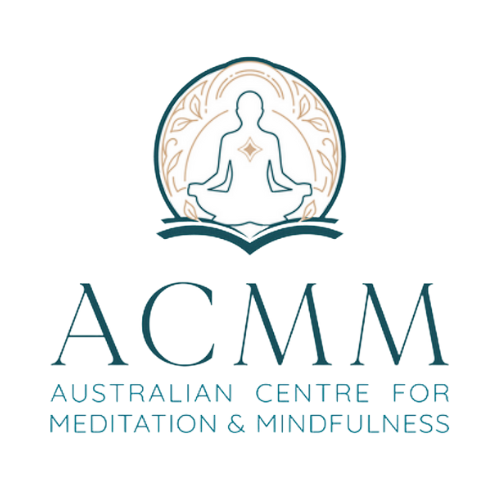If you’re feeling exhausted or lethargic and perhaps struggling with your meditation practice, then it’s likely you are experiencing the effects of trapped emotional energy in your body. This post shares some wonderful ways you can release this emotional energy through dance and movement meditation.
Meditation and Movement
When we think of meditation, people often bring to mind a quiet environment where you need to be motionless in order to achieve the stillness of a meditative state.
So you might be surprised to learn that achieving “stillness” in meditation doesn’t require you to be physically still.
In fact for me, the opposite is often true. I enjoy deep states of bliss whilst moving during meditation and mindful practices. I enjoy stillness as well, but find I’m mostly inclined to move.
Any kind of meditation practice stimulates energy in the body. This may mean that you become energised as well, but the kind of energy I am talking about is emotional energy. Emotional energy is energy-in-motion (e-motion).
When you meditate you are opening every part of you; your body, your heart and your mind. As we open up, the thoughts and feelings that we have suppressed over many years of living begin to emerge. This trapped emotional energy needs to be digested and released by our body.
But how exactly do you release trapped emotion?
One of the easiest and most efficient ways to do that is to move our body through dance and movement meditation!
When we move our bodies, trapped energy breaks free and moves through our system for clearing. As we move and clear these trapped emotions, we increase our potential to liberate the joy, the sense of flow and harmony that can be accessed in meditation. It’s kind of like the high you feel after exercising or walking – except in meditation.
The movement can be subtle or strong, it’s completely up to how you feel like moving. The key is that whatever movement you choose, ensure that it’s mindful, and that there is a feeling of connection and flow.
It’s kind of like an intuitive dance.
So if you’re up for something different, read about how to bring movement into your meditation or mindfulness practice
4 ways to approach dance and movement meditations
-
Listen to your body and what it wants to do
As you sit in meditation, notice how your body might like to move. Does it want to stand, sway, rock, swivel, or do you feel like standing? Having some gentle instrumental music on whilst you do this can help you get into the flow. I like to alternate between open and closed eyes to stay really grounded whilst I do this (and make sure I don’t hit anything hehe).
2. Get outdoors in nature
Walking meditation in nature is a great way to practice. A park, forest, beach, garden – practically anywhere that feels safe and comfortable is great. Slow down your walking pace (very slow is best) and ground yourself continuously. Becoming acutely aware of the sights, colours, textures, sounds, smells, tastes and touch of what you are experiencing. It’s an enlivening and energizing practice!
3. Move to some music in new ways
Set up a few music tracks on Spotify or iTunes. Or put on your favourite instrumental cd and move intuitively (not in the usual way that you would if you were dancing in front of others). Really listen to your body and how it would like to move. Start with something slow and flowy and build the pace a little if you’d like to, or stay with the slow stuff. Finish off with something sparkling and inspiring. End your practice by sitting and enjoying the flow and life force and joy that you have awakened in yourself.
4. Try a traditional movement practice
Yoga, Tai Chi or Qi Gong class is a form of moving meditation. As is a creative practice such as painting, drawing, playing a musical instrument or singing. They all awaken our spirit and involve concentration and the regulation of our attention to an enlivening focus.

Give it a try and feel free to share your moving meditations. If you are feeling resistance towards trying moving meditation, perhaps sit with that feeling for a while and see what comes up.
Lisa Forde
At ACMM we offer Certificate, Advanced Certificate, Diploma, Community Work Placement and Masters Study Options in Meditation and Mindfulness Teaching and Guiding, with 1:1 mentoring and optional Business Development Support alongside and after your training.
Book a Zoom discovery call with us today to learn more and find out if our courses are the right fit for you – https://acmm.as.me/discoverycall





